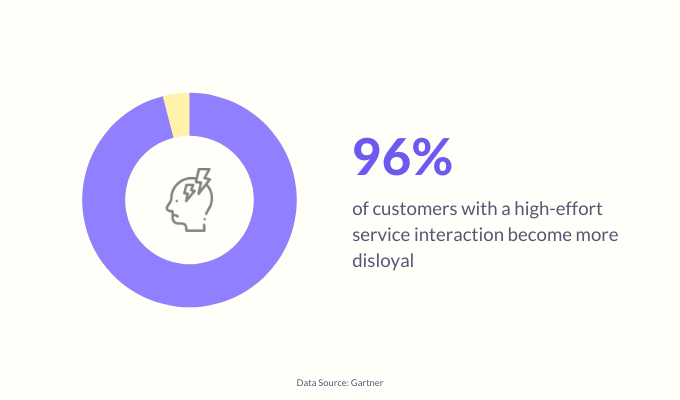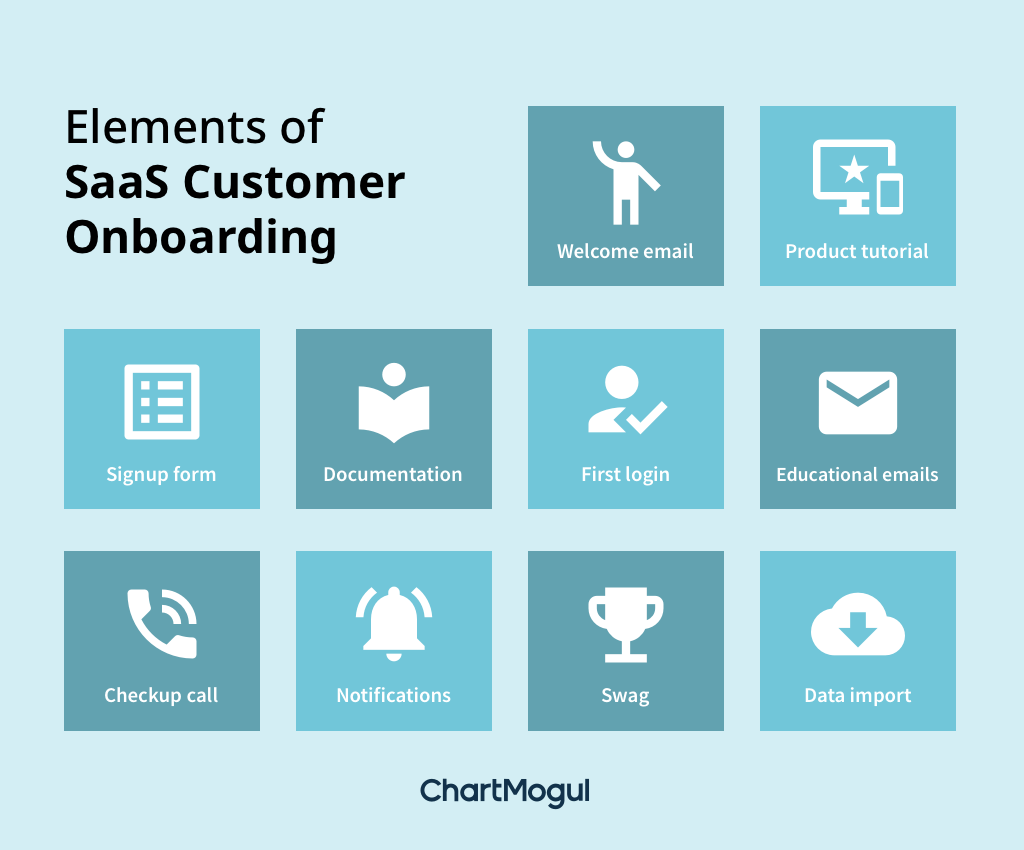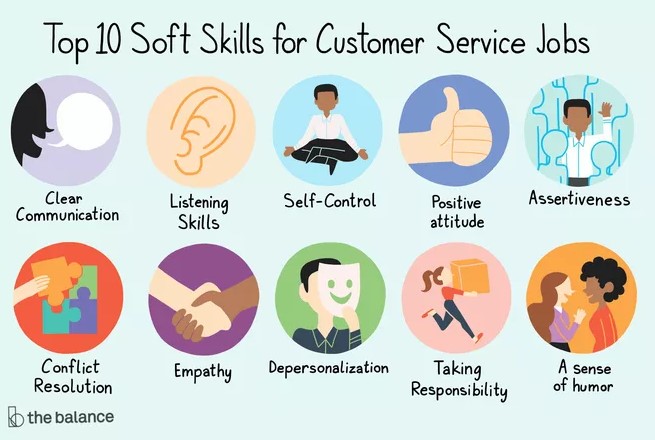We’ve all experienced bad customer service at one point or the other. And I’m sure we can all agree upon the fact that it can be extremely frustrating and time-consuming.
But no brand wants to piss off customers on purpose. No brand wants to make their customers spend extra time and effort when they need help.
So, where does the problem lie then?
A lot of companies don’t consciously factor in customer effort when designing experiences. They do the bare minimum – Have a customer service call center? Check. Offer email support? Check.
But the bigger question is, how are they making life easier for their customers?
Customers look for more ease and convenience when they interact with brands. That means ensuring the ‘effort’ they put in – be it during a purchase, a demo, or an interaction with your support team – is minimal.
Keeping customer effort as low as possible is the key to driving greater loyalty.
This article contains:
(click on a link to directly jump to that section)
- Relationship Between Customer Efforts and Retention
- How to Calculate Customer Effort Score?
- When to Measure Customer Effort Score?
- Ways to Reduce Customer Effort
Relationship between customer efforts and retention
Several studies have shown how customer effort can have a direct impact on loyalty and retention. Gartner’s research found that 96% of customers with a high-effort service interaction become more disloyal as compared to just 9% who have a low-effort experience.
CEB discovered that 81% of customers going through a high-effort experience are likely to complain about it to their friends and family vs. only 1% of those who go through an effortless experience.

Brands from around the world are recognizing the need to invest in initiatives that lower customer effort. Zappos, for instance, has their call center number visibly pasted on every webpage of theirs.
This might seem like a relatively small tactic but it has a huge impact on the customer experience. You don’t want customers struggling to figure out how to get in touch with you. You don’t want them adding multiple items to their cart to eventually abandon it because their go-to payment option isn’t available.
The more seamless and easier you make the experience for the customer, the higher the chances that they stay with your brand.
That’s why tracking and reducing customer effort is key.
How to calculate customer effort score?
One of the universally accepted ways of measuring customer effort is using a metric called Customer Effort Score (CES). In fact, according to an analysis done by CEB, Customer Effort Score (CES) predicts customer loyalty 1.8x better than customer satisfaction scores.
CES is a customer loyalty metric used by companies to determine the level of effort experienced by a customer during a particular interaction.
Measuring CES usually involves asking customers the following question:
“To what extent do you agree or disagree with the following statement? – [Company name] made it easy for me to find a solution to my issue.”
Then, customers are asked to choose from seven answer choices, which usually range from strongly disagree (score 1) to strongly agree (score 7).

The CES is then calculated by finding the average of all the responses, in this manner:
(Total sum of responses) ÷ (Number of responses) = CES.
So, assuming you receive 70 survey responses and the total sum is 500, your CES (500/70) = 7.14.
According to industry standards, a CES of 5 and above is considered healthy.
Apart from calculating the average, you’ll also have to pay attention to the distribution of individual customer effort scores across the scale. How many customers rated you 1 (extremely high-effort)? How many rated you 6 and 7 (extremely low-effort)? Having these insights will give you a clearer picture of what customers think about the experience you provide.
In many cases, the CES question is followed by an optional open-ended question that asks customers for the reason behind their rating. This helps you better identify areas of improvement across your business functions. You also get an idea of what customers actually ‘feel’ about the level of effort they’re having to put in.
Here is some more information about important customer experience metrics to track.
Different scales used to measure customer effort score
Different companies use different scales while presenting the Customer Effort Score question. Here are the most popular ones.
1. The Likert Scale
The Likert Scale is one of the most widely used scales in surveys. Questions that are presented using the Likert scale usually come with multiple answer choices, and do not belong to the Yes/No category.
In the context of measuring the Customer Effort Score, a Likert Scale is usually a five or seven-point scale where every number is linked to a particular level of customer effort involved.
For instance, on a five-point scale, 1 can represent “extremely high effort” and 5 can stand for “extremely low effort”.

Another way of using the Likert scale is posing a statement instead of a question where the points in the scale are linked to a specific level of agreement/disagreement.
2. Smileys
If you’re looking for a more fun way to present the CES question, you can make use of smileys as answer choices, instead of numbers.
In this scenario, every smiley would stand for a particular level of effort associated with customer interaction. For instance, the sad face smiley can denote high effort whereas the happy face smiley can stand for low effort.

As you can see, there are different ways to pose the CES question in your survey. Apart from using different answer choices, you can also frame the question differently. Here are some variations that you can try out:
- How much effort did you have to put in to solve your issue?
Answer choices from 1 (low effort) to 7 (high effort) - [Name of support rep] made it easy for me to solve my problem
Answer choices from strongly disagree to strongly agree - [Name of the business] made it easy for me to find a solution to my problem
Answer choices from strongly disagree to strongly agree - It was easy for me to [mention the action taken, like completing a transaction or signing up for a trial]
Answer choices from strongly disagree to strongly agree
When to measure customer effort score?
The main goal behind tracking this metric is to eliminate customer effort as much as possible, along the customer journey. Here are a few instances where measuring customer effort would be useful:
1. Right after an interaction with your customer service team
When customers reach out to you for help, they want their queries addressed on time. So, asking them about the amount of effort they had to put in throughout the service interaction – from getting in touch with you to the point where their issues are resolved – gives you insight into the quality of support you provide.
2. Right after onboarding
Onboarding is when customers experience your product or service first-hand, for the first time. This is a very delicate stage and so, if you don’t guide them in the right way, things can get very frustrating. Some customers might even churn if they aren’t able to get a grip on how to use your product or service.

Measuring customer effort at the end of onboarding helps you understand how you can make the experience better, what steps you can add/remove, the level of information you need to provide, and more.
3. At the end of a specific action
Apart from the above two scenarios, you can also measure customer effort scores at the end of specific customer actions.
For instance, right after a purchase, you could ask customers if the payment experience was smooth and effortless. When they discover a new feature/update, you can ask them about the level of effort it took to find and use it.
Moreover, look for moments along the customer journey that could possibly involve high-effort interactions. Tracking CES at these points would help you gauge if your brand is doing a good job in reducing customer effort.
Ways to reduce customer effort
Now, let’s take a look at some of the strategies you can adopt to minimize customer effort and deliver delightful experiences.
1. Invest in the right customer support tools
When your support team is equipped with the right technology, it becomes easier for them to deliver prompt support. With a powerful email ticketing system or live chat software, support teams can track incoming queries and proactively act on customer issues.
A few things to consider while investing in tools:
- Ensure they are easy to use and learn. If your support staff has trouble figuring out the buttons, you can’t expect them to deliver on-time support.
- Ensure the tools enable cross-team collaboration. A lot of times, support queries would involve input from non-customer-facing teams. In such cases, looping in other employees to help deal with customer issues should be easy and straightforward.
- While investing in IVR solutions, make sure customers don’t have long waiting times. Design the IVR journey in such a way that they can easily talk to a real agent.
2. Hire the right support staff
Recruiting knowledgeable and empathetic support staff can go a long way in minimizing customer effort.
Oftentimes, customers are put on hold for way too long, have to follow up multiple times, and repeat their issues to several agents. All of this can be extremely frustrating.
But support staff who have deep knowledge about your products and services will be able to provide quick, efficient solutions.
Agents who are empathetic try to view a problem from customers’ perspectives and foresee other problems they may experience along their journey.
As a result, they offer tailored and proactive solutions, thereby lowering the customer effort and enhancing satisfaction.

But, what are the qualities to look for while recruiting for your support team? This guide on customer service skills is a good place to start.
3. Design customer journeys factoring in customer effort
When you conceptualize and design customer journeys, it’s important to identify key interactions they have with your brand based on the effort involved from their end.
Are customers able to navigate your website easily and find what they’re looking for? Have you categorized your offerings to make it simpler for the customer?
Are customers able to track the delivery status of their items on the go? If they need help, how easy is it for them to get in touch with your support team?
Are you making the customer enter their payment details every time they make a purchase? Do you need to add more payment options to make the purchase experience smoother?
Asking questions like these will help you critically analyze every moment of the customer journey and come up with ways to reduce customer effort.
Read further about the importance of customer experience analytics and how to analyze customer experience.
Conclusion
When you consider customer effort, you start looking at the customer’s experiences and interactions from a different lens. You start optimizing your touchpoints not just for better conversion or sales but to ensure that the customer’s experience is smooth and effortless.
Keep in mind that offering a world-class product or service makes little sense if your customers struggle to use it and aren’t able to get help on time.

Ganesh is a content marketer at Hiver who loves everything customer experience and customer service. Ganesh is passionate about narrating delightful customer stories, researching CX trends, and diving into concepts such as VoC and Customer Journey Mapping. When he’s not working, Ganesh likes to rap, play football, and binge watch Nordic TV shows.


